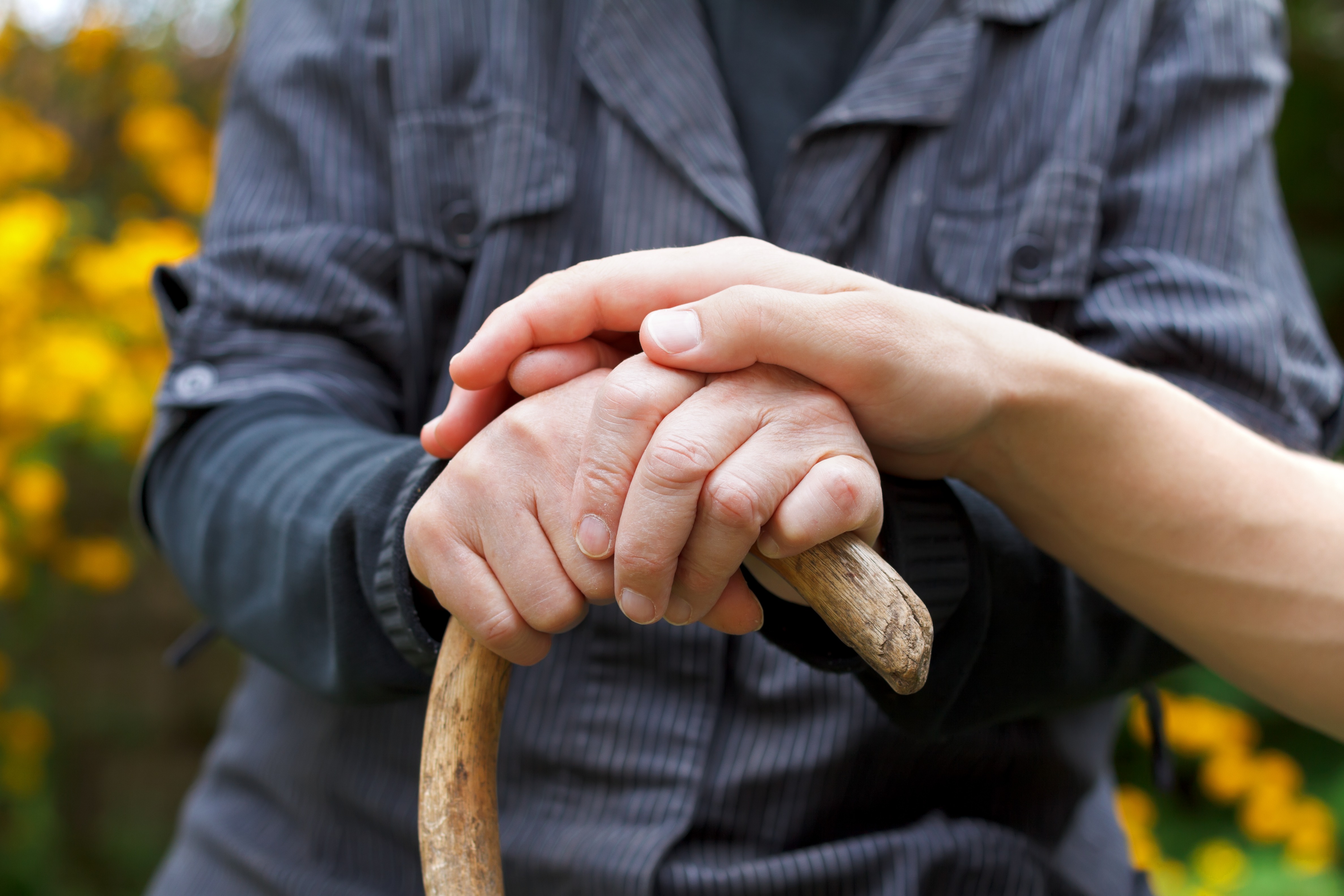Overview of Parkinson’s Risk Factors Highlights Need for More Research

Researchers from Monash University in Australia have published an overview of risk factors and potential protective ones in Parkinson’s disease. Published in the journal The Conversation, the article highlights how little is really known about this devastating disease.
Age is among the known risk factors, but age in itself is likely merely acting to increase vulnerability to neurodegenerative changes. When people age, protein breakdown and mitochondrial activity in the form of energy production get less effective, contributing to cell death in Parkinson’s disease. Cell death is also increased by accumulation of iron in the brain, increasing harmful oxidative reactions.
The article, “What we know and suspect about the causes of Parkinson’s disease,” continues with touching on genetics – another frequently cited cause of Parkinson’s. Despite genes often being suspected to impact risk, only about 5 percent of familial Parkinson’s cases are caused by simple inherited mutations. In another 15 percent with a family history of Parkinson’s disease, the genetic contribution is far from simple, with a multitude of genes likely interacting with each other and the environment, increasing risk in an intricate manner. Also, researchers have still not outlined the function of all genes suspected to be involved in the development of the disease.
Among known environmental factors, toxins have a special position with very strong links to the development of Parkinson’s disease. Pesticides such as rotenone and paraquat have been linked to the neurodegenerative condition in numerous studies, and are, in fact, used to induce neurodegeneration in a Parkinson’s-like pattern in animal models of the disease.
An unfortunate circumstance also produced direct evidence of the deleterious effects of toxins on the brain. In the 1980s, a group of drug addicts ended up with Parkinson’s symptoms after injecting drugs contaminated with MPTP, a chemical similar to paraquat.
Studies show that repeated exposure to these chemicals almost doubled the risk of developing Parkinson’s, from 1 to 2 percent in the general population, to 2 to 4 percent in people over age 50.
Among toxins, metals are often thoroughly examined, and while studies of heavy metals have produced inconsistent results, long-term exposure to manganese produces Parkinson’s symptoms. As previously mentioned, researchers have noted high levels of brain iron in patients, and experiments show that exposing animals to iron during development increases the risk of Parkinson’s symptoms as they age.
All these risk factors are relatively well studied. Head trauma, on the other hand, is suspected to increase Parkinson’s risk, but researchers tend to disagree on this, with some finding supportive evidence while others don’t. Boxing, in particular, has been pointed out as a risk, but that claim has not yet been supported by scientific evidence.
Studies instead seem to indicate that the particular type of head trauma might be relevant to risk, and research investigating concussions, or head trauma where a person lost consciousness, are usually associated with higher risks than other types of head injuries.
As with risks, numerous factors have been proposed to protect people from developing Parkinson’s disease. Among antioxidants, vitamins, and smoking, caffeine intake sticks out as a factor that has repeatedly shown to be associated with a lower risk of developing the disease. Most of these studies have, however, been of a type that cannot determine causation, so large prospective studies are needed to get a clearer picture of factors increasing risk as well as those that might be protective.
Research is, however, hampered by the lack of markers and diagnostic tests for Parkinson’s disease. The authors of the overview state that a huge effort is needed to advance the knowledge of Parkinson’s disease, involving not only researchers, but also the health sector, governments, private stakeholders, and the community.






